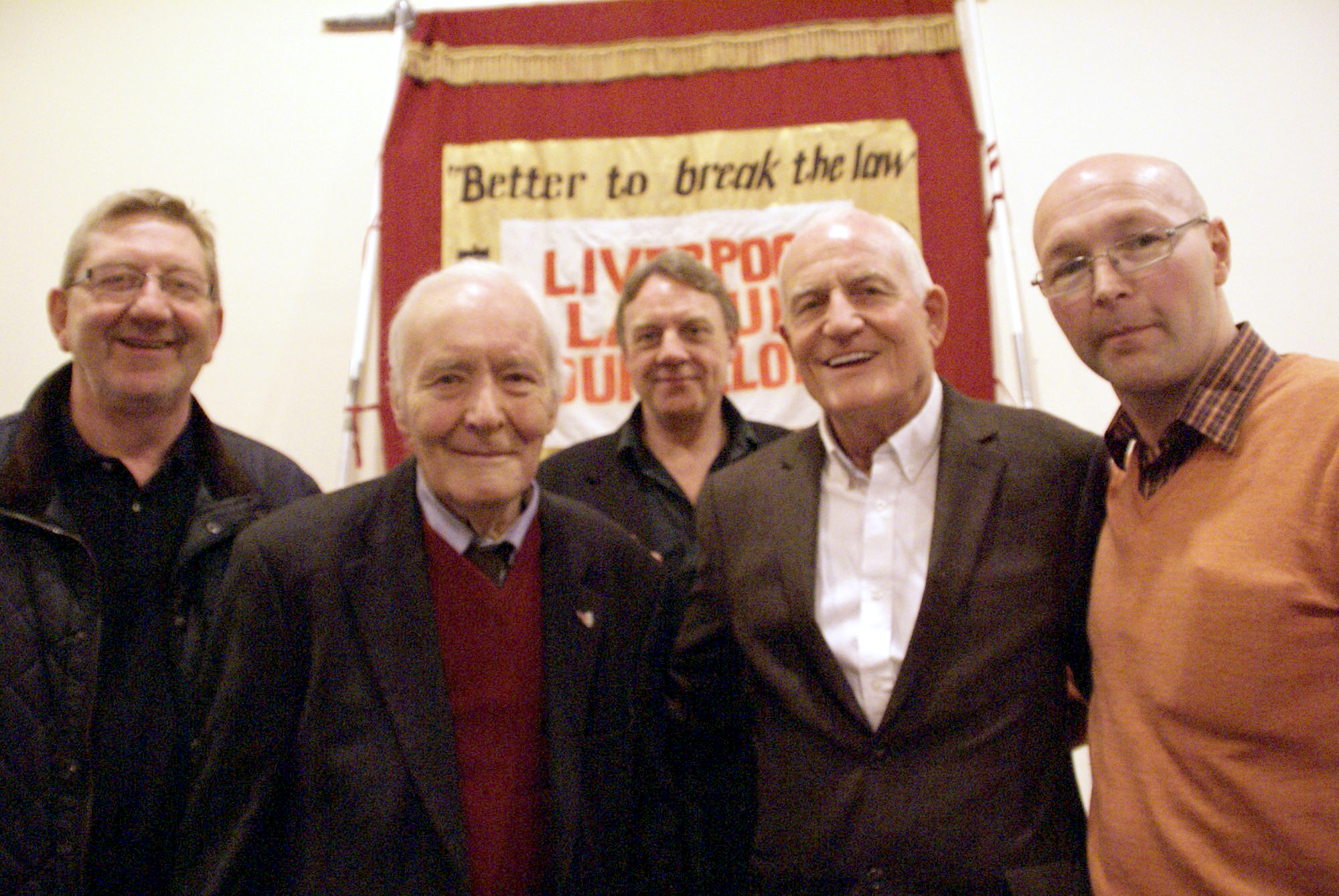My old mate Derek Hatton, interviewed in the Liverpool Daily Post, laudably defends the historic 47 councillors from 1983 to 1987, but justifies the savage cuts policy of Liverpool’s present day mayor Anderson and his council.
If opposition to all cuts was right then, it’s right now, particularly as today’s cuts are even more savage than those demanded by Thatcher.
Derek, who was deputy leader of Liverpool Labour Party, reasons that because the 1980s mass movement is absent today Anderson has no choice but to do the bidding of his Con-Dem masters.
But the absence of mass activity now is because of the lack of leadership by the council and the local authority trade unions.
If the campaigning stance of the 47 fighting councillors and the joint shop stewards’ committee of the 80s was replicated today, instead of bending the knee to Tory axe-man Eric Pickles and his collaborators, we would see the kind of mass support for the council from Liverpool’s working people that we saw in the courageous 1980s.
In justifying Anderson’s cuts policy, Derek does a disservice to all those suffering from the most draconic cuts since the war.
Tony Mulhearn, Liverpool Labour party president, 1980-1985 and Liverpool 47 surcharged councillor
Liverpool council’s record against 1980s austerity
In Liverpool between 1971 and 1981 87,113 or 25% of the city’s jobs had disappeared. One in four was unemployed and in certain parts of the city 90% youth unemployment existed.
22,000 were on the council house waiting list, 20,000 houses needed urgent action and council house rents were Britain’s highest outside London.
Between 1983 and 1987 Liverpool Labour City Council did not make one person redundant. Not one job was privatised. 1,000 jobs were saved and 1,000 additional jobs created.
10,000 people were employed on the council’s Capital Programmes. 6,300 families were rehoused from tenements, flats and maisonettes.
2,873 tenement flats were demolished along with 2,086 flats/maisonettes. 4,800 houses and bungalows were built; 7,400 houses and flats were refurbished; and 600 houses/bungalows were created by knocking down 1,315 walk-up flats.
Six new nursery classes were built and opened and £10 million was spent on school improvements. Five new sports centres were built and opened.
Compare the 1983-87 record to the current Labour council which made £141 million cuts over the past two years and will make £32 million cuts this year.











